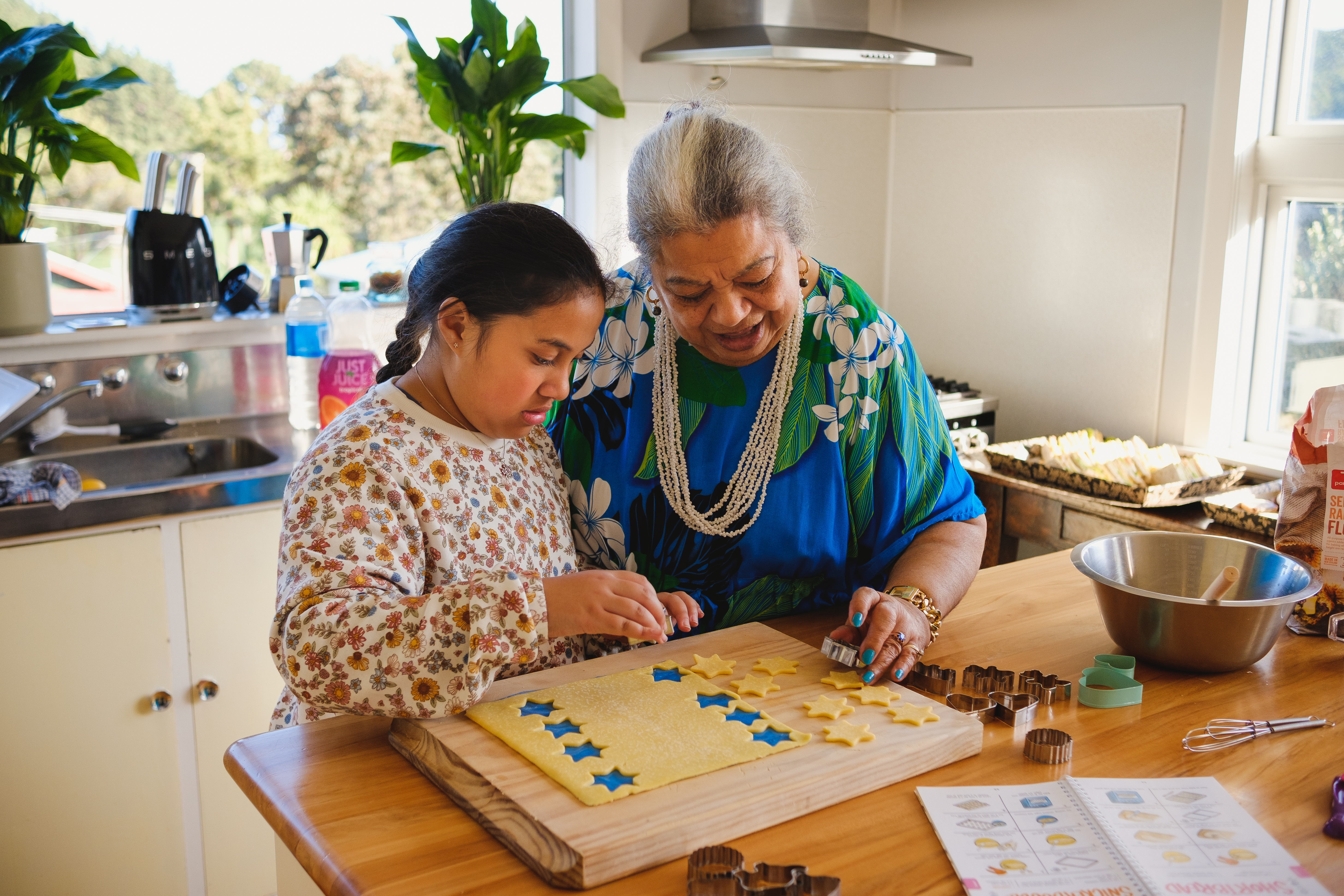Action Plan will help children and their whānau into homes
A safe, warm, dry home is the foundation of health and wellbeing, helping children and young people in care, and their family, whānau and caregivers to thrive.

Housing needs assessment focused on children in care
A recent in-depth assessment into the housing needs and experiences of children and young people in care found that our housing system does not always provide the support they require. It’s the 3rd in a series of needs assessments, a key action in the Oranga Tamariki Action Plan.
Kāinga Ora, the Ministry for Social Development, Whaikaha, Te Tūāpapa Kura Kāinga and Oranga Tamariki have developed a cross-agency plan to help children and young people in care access the housing they need, when they need it.
Understanding housing need
Housing has become a struggle for many families and whānau, and there is a growing demand for housing support. Phil Grady, Deputy Chief Executive System Leadership at Oranga Tamariki says the needs assessment confirmed that the demand is particularly acute for children and young people in care and those looking after them.
'60% of young people involved with Oranga Tamariki reported some form of housing deprivation in the last 12 months, and 73% of children and young people in care had a parent who received a temporary or regular accommodation supplement at some stage – much higher than for the general population. What this means in real terms is that our most vulnerable children, young people and their families face challenges finding a safe, secure place to live,' said Phil.
'We found that whānau or caregivers may need support to access housing, including public housing and other housing support. We also saw that emergency housing, which is used when there are no other housing options available, is not tailored to their specific needs, and there’s a lack of suitable housing for disabled children and young people who need more intensive support and care. This clearly shows where there is a high level of need,' Phil said.
Cross-agency action plan
Agencies have committed to working together to better meet the housing needs of children and young people in care, by:
- making sure front-line kaimahi are aware of and using the fast-track system that prioritises whānau on the Public Housing Register who are looking after a child or young person in care
- looking at what cross-agency housing support can be provided to help children and young people stay in, or return to, the care of parents, family and whānau, including support to navigate the housing system
- considering the specific needs of children and young people in care, their families, whānau and caregivers in the government’s Emergency Housing Review
- sourcing appropriate public and supported housing for disabled children and young people.
Housing is the foundation of wellbeing
The link between healthy homes and better health, education and life outcomes for children are clear. There’s more work underway across government to create better housing outcomes for all New Zealanders, that will also help to address the needs of children and young people in care.
'The broader housing work programme is already contributing to better housing outcomes for children and whānau in need,' said Bronwyn Hollingsworth, General Manager, Service Design and Operational Policy, Te Tūāpapa Kura Kāinga – Ministry of Housing and Urban Development.
'There are currently around 78,000 public homes in New Zealand, and increasing our supply of public homes means that more children, young people, and whānau are living in warm, dry homes for the long term.'
Find out more about the housing needs assessment and cross-agency response:
Published: June 1, 2023